Paws and Plants: Crafting Pet-Friendly Landscapes for Safe and Happy Outdoor Adventures | Julie Orr Design
Introduction
Join us on a journey where landscapes become havens for both your family and furry friends. At Julie Orr Design, our dedication to creating outdoor spaces that seamlessly blend beauty and functionality extends to crafting pet-friendly landscapes that prioritize safety and joy for your four-legged companions.
Designing for Pet Safety
- Understanding Pet Behavior
Designing a safe outdoor environment for pets requires a deep understanding of their interactions with the surroundings. Identifying potential hazards, such as toxic plants or sharp objects, is crucial to prevent accidents and injuries. Providing comfortable resting areas is equally important, ensuring pets have spaces to relax and recharge. Additionally, recognizing hiding spots allows for a sense of security, contributing to a well-balanced and pet-friendly outdoor space.
- Non-Toxic Plant Selection
Choose plant varieties that are pet-friendly and safe. This ensures a lush garden without compromising your pet’s well-being. Please seek professional advice for small breed dogs and puppies who are still experimenting with everything in their mouth as they are the easiest to need veterinary attention after toxic plant consumption.
When integrating pet safety into landscape design, it’s essential to be mindful of the plants you choose to ensure a lush and beautiful garden without compromising your pet’s well-being. Opt for non-toxic varieties and steer clear of potential hazards, including castor bean, lilies, yew, ivy, hosta, daphne, lantana, sago palm, and jack in the pulpit. Seeking professional advice, especially for small breed dogs and puppies prone to exploring with their mouths, can provide additional insights to safeguard your pets.
Creating Safe Zones
- Secure Boundaries and Fencing
Designing a safe outdoor environment for pets requires a deep understanding of their interactions with the surroundings. Identifying potential hazards, such as toxic plants or sharp objects, is crucial to prevent accidents and injuries. Providing comfortable resting areas is equally important, ensuring pets have spaces to relax and recharge. Additionally, recognizing hiding spots allows for a sense of security, contributing to a well-balanced and pet-friendly outdoor space.
Design pathways and paving with careful consideration to prevent paw injuries. Opt for materials that are gentle on paws and create comfortable walkways for pets to navigate easily.
In landscape design, blending aesthetics with pet safety is crucial. Recognizing signs of pet poisoning is vital for their well-being in these curated spaces. Watch for confusion, digestive upset, body impairment, heaving panting/breathing, seizures, paralysis, excessive tears, or skin-related symptoms. Integrating pet safety measures seamlessly into design ensures a harmonious environment where beauty and the health of furry companions coexist effortlessly.
Functional and Fun Features
- Pet-Friendly Water Elements
Creating a secure outdoor space for pets involves a thorough comprehension of their interactions with the environment. This entails identifying and mitigating potential dangers like toxic plants and sharp objects to prevent accidents. Ensuring the presence of comfortable resting areas is equally vital, promoting relaxation and rejuvenation for pets. Lastly, acknowledging and incorporating hiding spots fosters a sense of security, contributing to a harmonious and pet-friendly outdoor environment.
- Play Areas and Exercise Spaces
Design dedicated play spaces or integrate elements that encourage pets’ exercise and mental stimulation. Incorporate features like agility courses or interactive toys to keep them active and entertained.
Safety in Hardscaping and Structures
When choosing hardscape materials for your outdoor space, it’s essential to prioritize pet-friendly options that ensure the safety and comfort of your pets. Opt for durable materials that can withstand the impact of paws and claws over time, minimizing the need for frequent replacements. Additionally, selecting materials that are easy to maintain will simplify the cleaning process, making it more convenient for pet owners. Avoiding materials that could potentially harm or discomfort pets helps create a secure and enjoyable environment for both animals and their owners.
Include sheltered areas and shaded spots where pets can rest comfortably and stay protected from the elements. These spaces provide a retreat during hot weather and a cozy spot during rain or colder seasons.
Conclusion: Tailoring Landscapes for Happy Tails
Designing a pet-friendly landscape isn’t just about safety; it’s about creating an environment where your furry companions can thrive alongside your family. Julie Orr Design is committed to crafting outdoor spaces that cater to the safety, happiness, and well-being of both pets and their owners. If you’re inspired to create spaces that harmonize beauty and functionality,
click here to contact Julie Orr Design today. Discover more about my work by reading my other blogs and visiting my website. Let’s collaborate to transform your vision into reality!


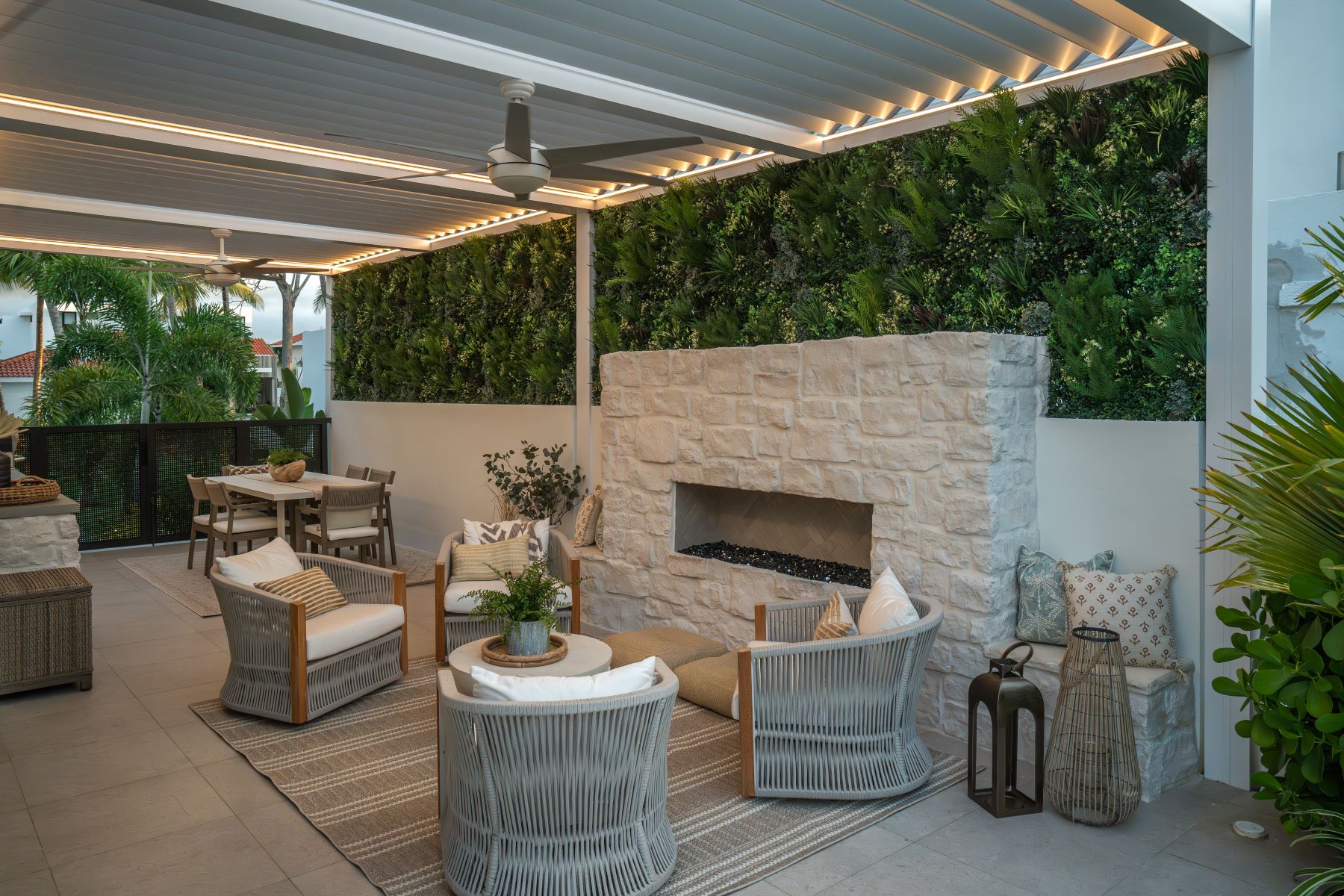
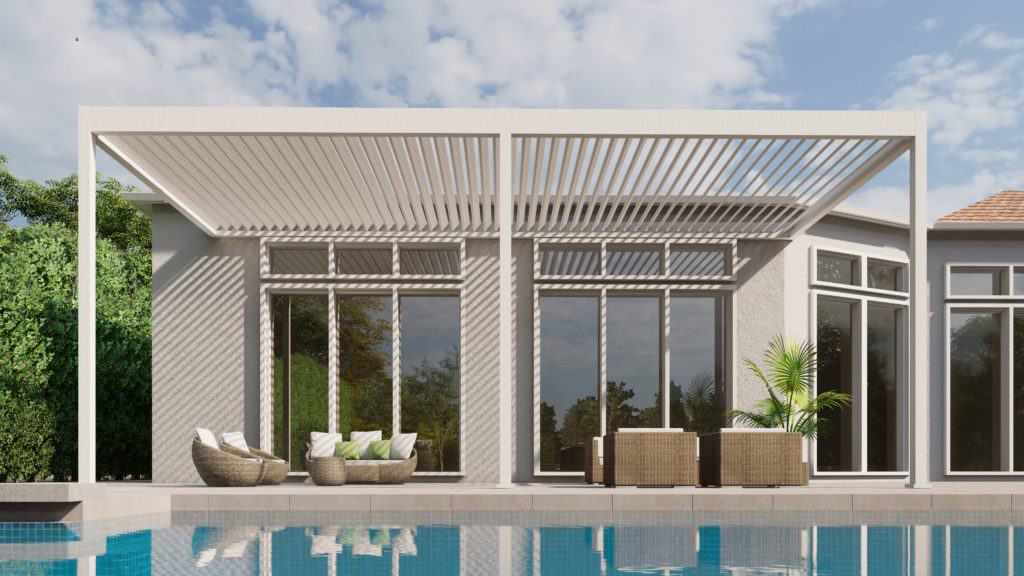
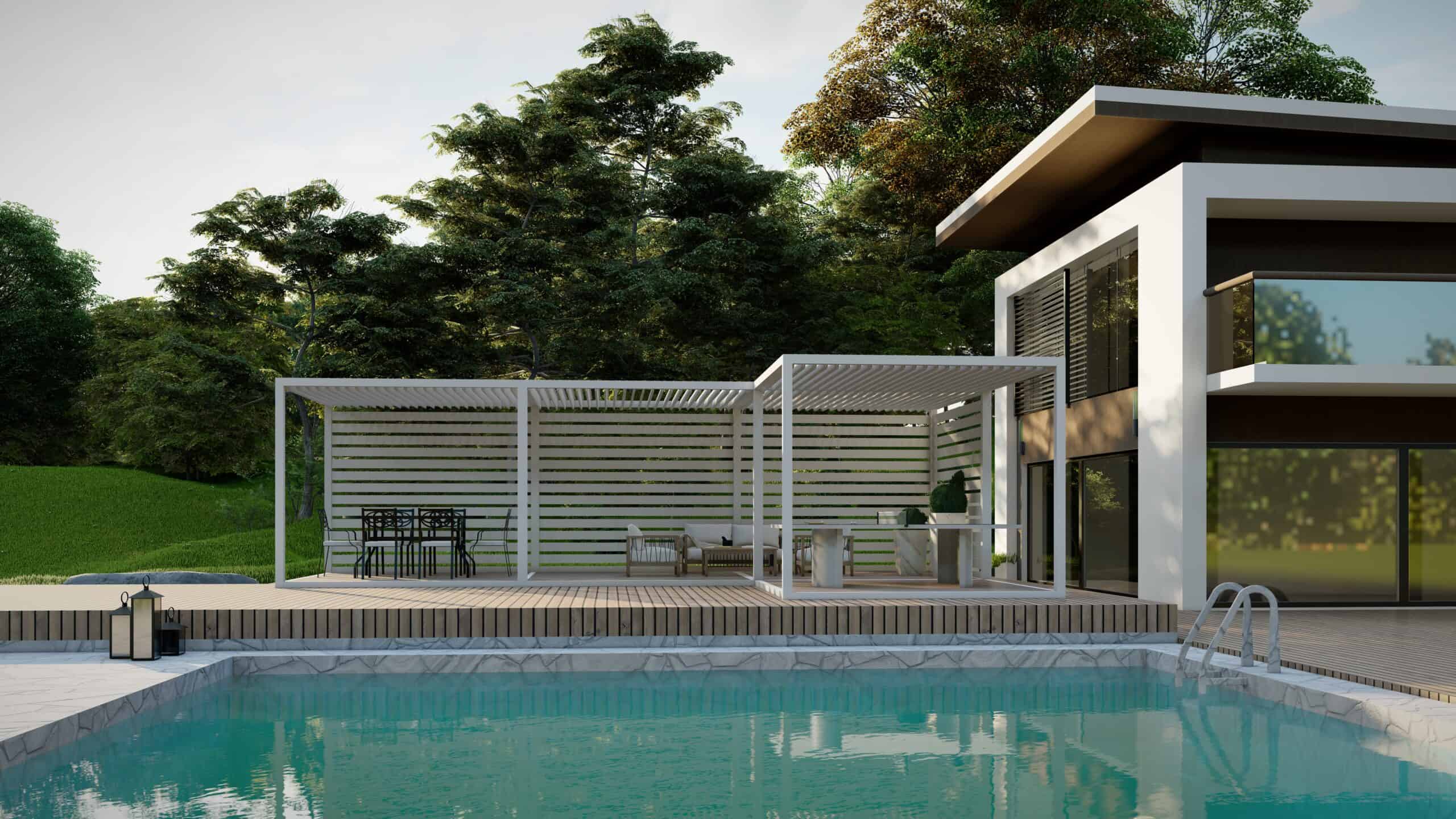
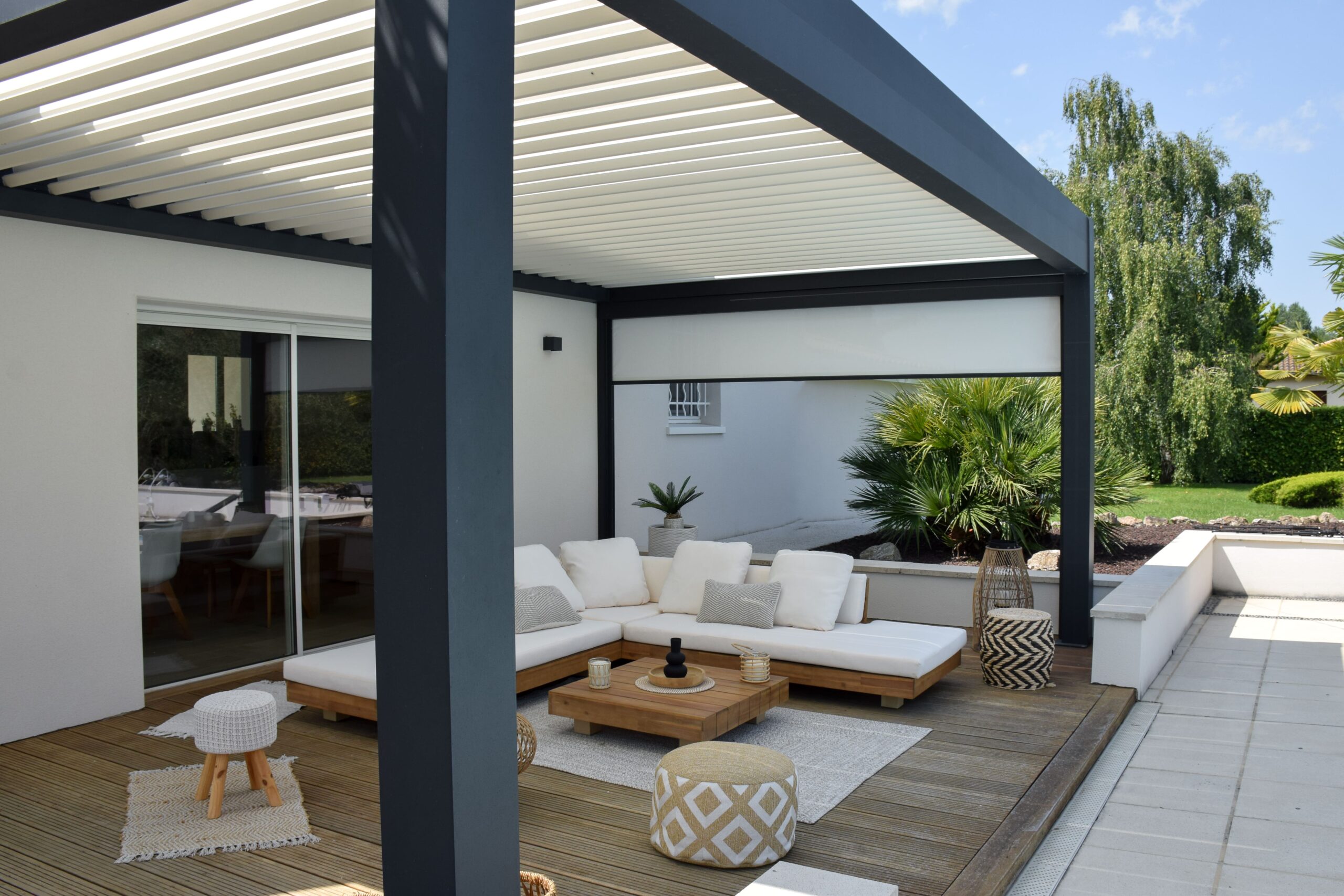
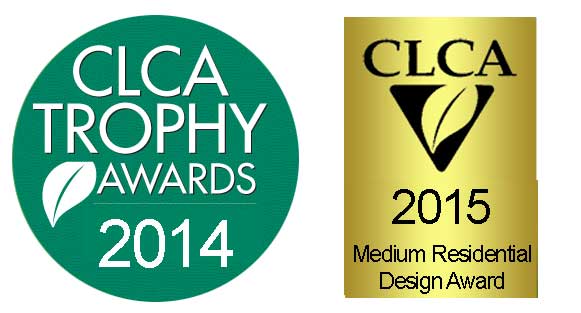

Leave A Comment